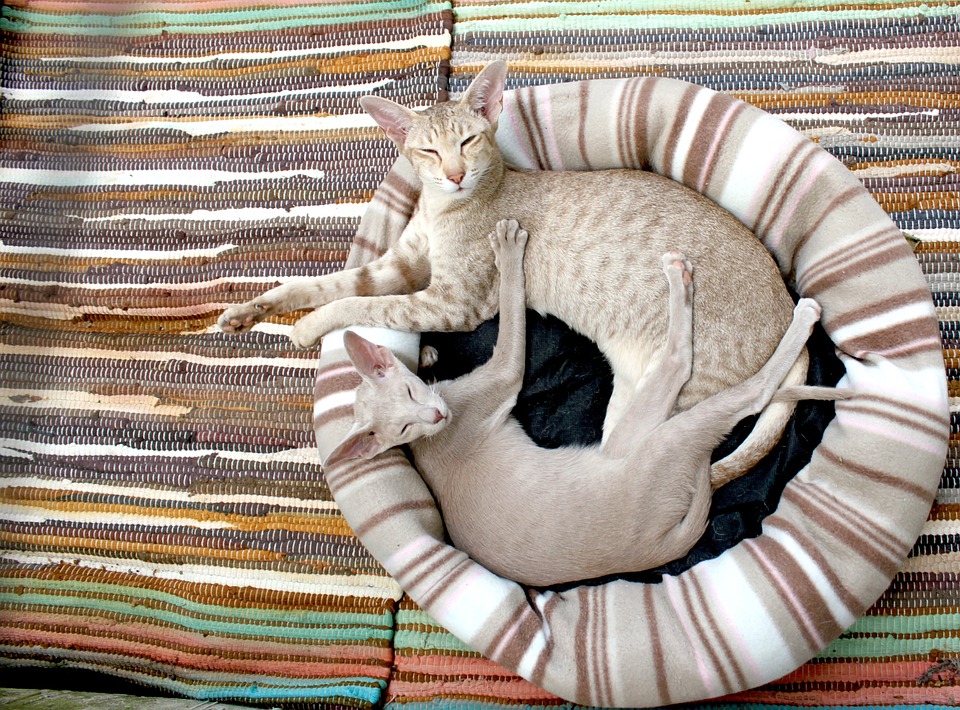Introduction:
Ensuring proper hydration is crucial for maintaining your cat’s overall health and well-being. Just like humans, cats need to consume an adequate amount of water daily to support various bodily functions. In this article, we will explore the importance of hydration for cats and provide valuable tips on how to encourage your furry friend to drink more water. Additionally, we will address some frequently asked questions related to cat hydration.
I. Understanding the Importance of Hydration for Cats
A. The role of water in a cat’s body
Water plays a vital role in a cat’s body, including maintaining body temperature, lubricating joints, aiding digestion, and transporting nutrients and oxygen throughout the body. It also helps flush out waste products and toxins, ensuring proper kidney function.
B. Health benefits of proper hydration
Proper hydration promotes healthy organ function, including the kidneys and urinary tract. It helps prevent urinary tract infections, kidney stones, and other urinary issues. Adequate water intake also supports healthy skin and coat, prevents constipation, and aids in weight management.
C. Consequences of dehydration in cats
Dehydration can have serious consequences for cats. It can lead to urinary tract problems, kidney disease, and digestive issues. Dehydration can also cause lethargy, loss of appetite, and a weakened immune system. In severe cases, it can be life-threatening.
II. Encouraging Your Cat to Drink More Water
A. Providing clean and fresh water
Ensure that your cat always has access to clean and fresh water. Change the water in their bowl daily and clean the bowl regularly to prevent bacteria buildup.
B. Choosing the right water bowl or fountain
Some cats prefer running water, so consider investing in a cat water fountain. The flowing water may entice them to drink more. Alternatively, use a shallow and wide bowl to accommodate their whiskers and prevent discomfort.
C. Ensuring water accessibility throughout the house
Place multiple water bowls around your home, especially if you have a multi-level house. This increases the chances of your cat encountering water and encourages them to drink more.
D. Incorporating wet food into your cat’s diet
Wet food has a higher water content than dry kibble, making it an excellent way to increase your cat’s overall water intake. Consult with your veterinarian to determine the appropriate amount of wet food to include in your cat’s diet.
E. Homemade cat-friendly hydrating treats
You can make homemade treats using ingredients like low-sodium chicken broth, tuna juice, or bone broth. These treats can provide additional hydration while also being a tasty snack for your cat.
III. Signs of Dehydration in Cats
A. Physical indicators of dehydration
Watch out for symptoms such as dry gums, sunken eyes, loss of skin elasticity, and a dry nose. Dehydrated cats may also have a thick and sticky saliva.
B. Behavioral changes indicating dehydration
Lethargy, decreased appetite, and increased panting can be signs of dehydration in cats. They may also seek cool surfaces to lie on or show disinterest in their usual activities.
C. Monitoring urine output and litter box habits
Keep an eye on your cat’s litter box habits. A decrease in urine output or concentrated urine can indicate dehydration. If you notice any changes, consult your veterinarian.
IV. Frequently Asked Questions (FAQs)
1. How much water should my cat drink daily?
On average, a cat should consume around 3.5-4.5 ounces of water per 5 pounds of body weight daily. This amount may vary depending on factors such as age, activity level, and diet.
2. Can I flavor my cat’s water to encourage drinking?
Flavoring water with a small amount of low-sodium chicken broth or tuna juice can encourage cats to drink more. However, consult your veterinarian before adding any flavorings to ensure they are safe for your cat.
3. What are some signs of overhydration in cats?
Overhydration can lead to water intoxication, which can cause symptoms such as vomiting, diarrhea, lethargy, confusion, and seizures. Monitor your cat’s water intake and consult your veterinarian if you suspect overhydration.
4. Are there specific cat breeds that require more hydration?
Some breeds, such as Persians and Maine Coons, may have a higher risk of urinary tract issues and may require extra hydration. Consult your veterinarian for breed-specific recommendations.
5. How can I tell if my cat’s water intake is adequate?
Monitor your cat’s water bowl, and note how much water they consume daily. Additionally, observe their overall behavior, litter box habits, and physical indicators of hydration to determine if their intake is adequate.
Conclusion:
Ensuring your cat receives proper hydration is essential for their overall health and well-being. By understanding the importance of hydration, implementing strategies to encourage water consumption, and being vigilant about signs of dehydration, you can help your feline companion lead a happy and healthy life. If you have any concerns about your cat’s hydration or health, it is always best to consult with a veterinarian for personalized advice and guidance.








